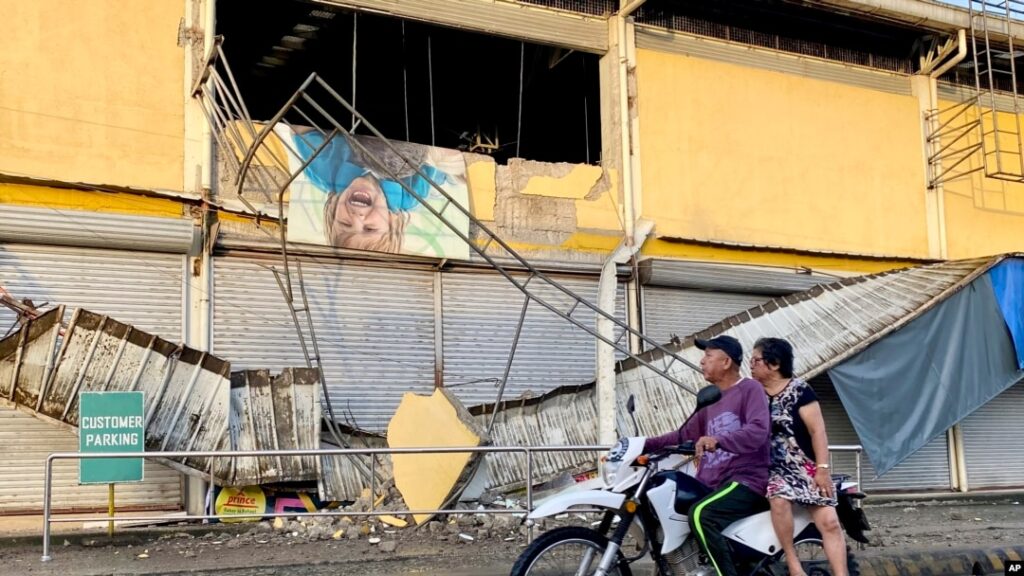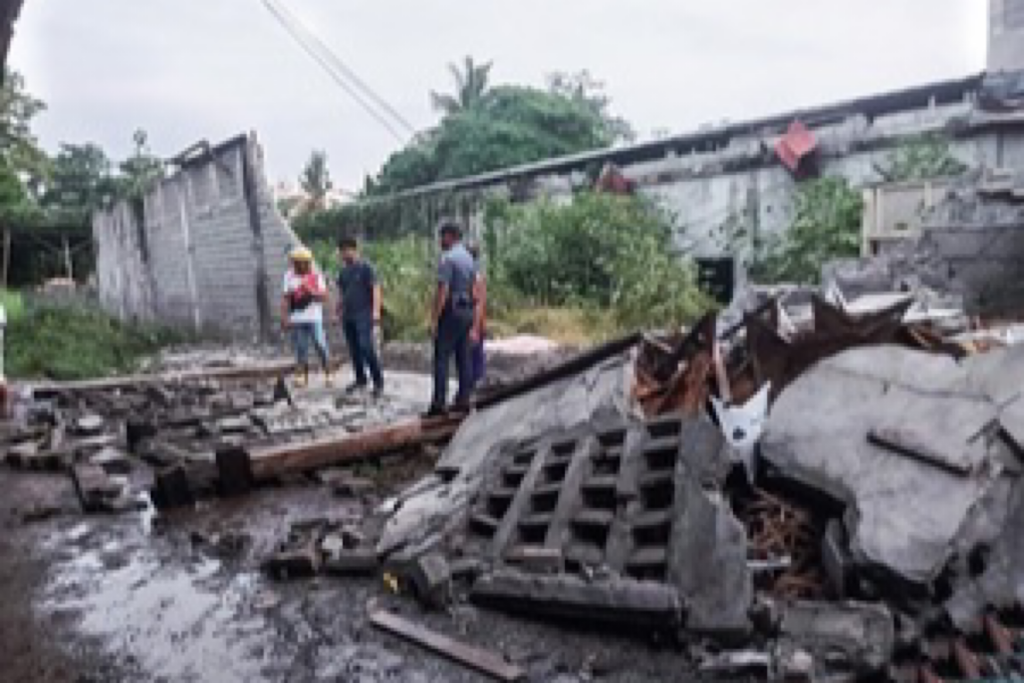Panic gripped residents across southern Philippines on Friday evening after a powerful 7.4-magnitude earthquake struck off the coast of Mindanao, triggering tsunami warnings and sending thousands fleeing to higher ground.
According to the European-Mediterranean Seismological Centre (EMSC), the quake struck at a depth of about 58 kilometers (36 miles), its epicenter located off Mindanao’s eastern coastline. The tremors were felt across several provinces, rattling homes, toppling small structures, and sparking fears of aftershocks.
Within minutes, the U.S. Tsunami Warning System sounded an alert, warning that coastal regions within 300 kilometers (186 miles) of the epicenter could face dangerous tsunami waves. Residents living near the sea were urged to evacuate immediately and move to safer, elevated areas.
Authorities on High Alert, Emergency Response Activated
Disaster response teams have been mobilized across Mindanao, with rescue personnel assessing damage and providing aid in affected communities.
While no major casualties or extensive structural damage have been reported yet, authorities warned of aftershocks and potential landslides in mountainous areas.
The Philippine Institute of Volcanology and Seismology (PHIVOLCS) confirmed that the tremor’s intensity was strong enough to cause minor cracks and ground shaking in several regions. “We are closely monitoring coastal movements and will update advisories in real time,” a PHIVOLCS official stated.

Heightened Preparedness After Previous Quakes
This quake follows a 6.9-magnitude tremor that shook the same area just last week, keeping the region on edge. The back-to-back seismic activity has prompted heightened preparedness among local authorities and residents alike.
Emergency shelters have been opened in various districts, while the government urged citizens to stay calm, rely only on official information, and avoid spreading unverified social media posts that could fuel panic.
As of now, tsunami sirens remain active in several coastal towns, and the National Disaster Risk Reduction and Management Council (NDRRMC) is coordinating with local units for possible evacuation support and relief logistics.
A Nation on Alert
The Philippines, located along the Pacific Ring of Fire, frequently experiences earthquakes and volcanic activity. Experts say the latest quake underscores the urgent need for continued investment in disaster preparedness and resilient infrastructure.
The situation remains under close observation, with authorities monitoring aftershocks and potential sea-level changes through the night.


